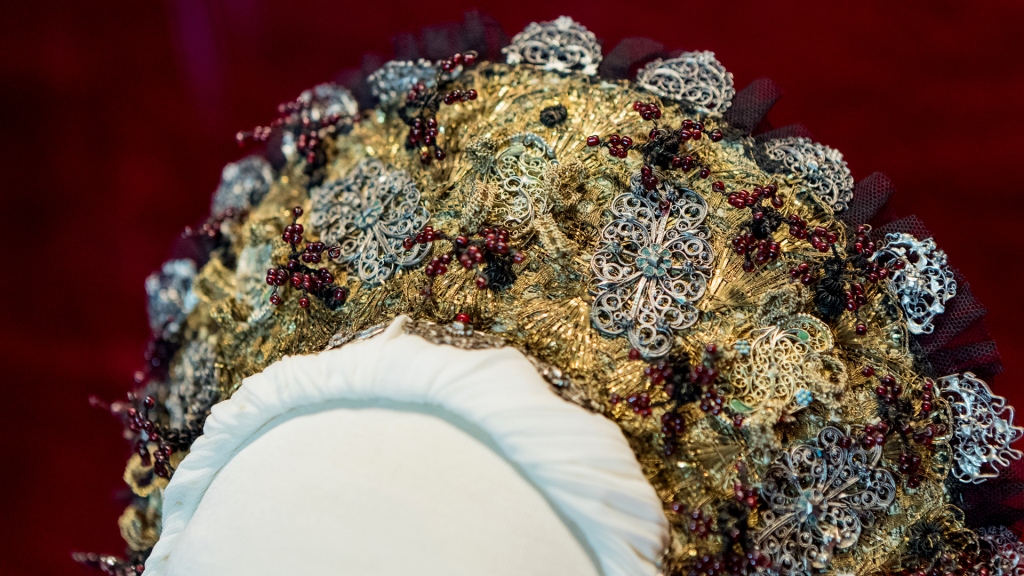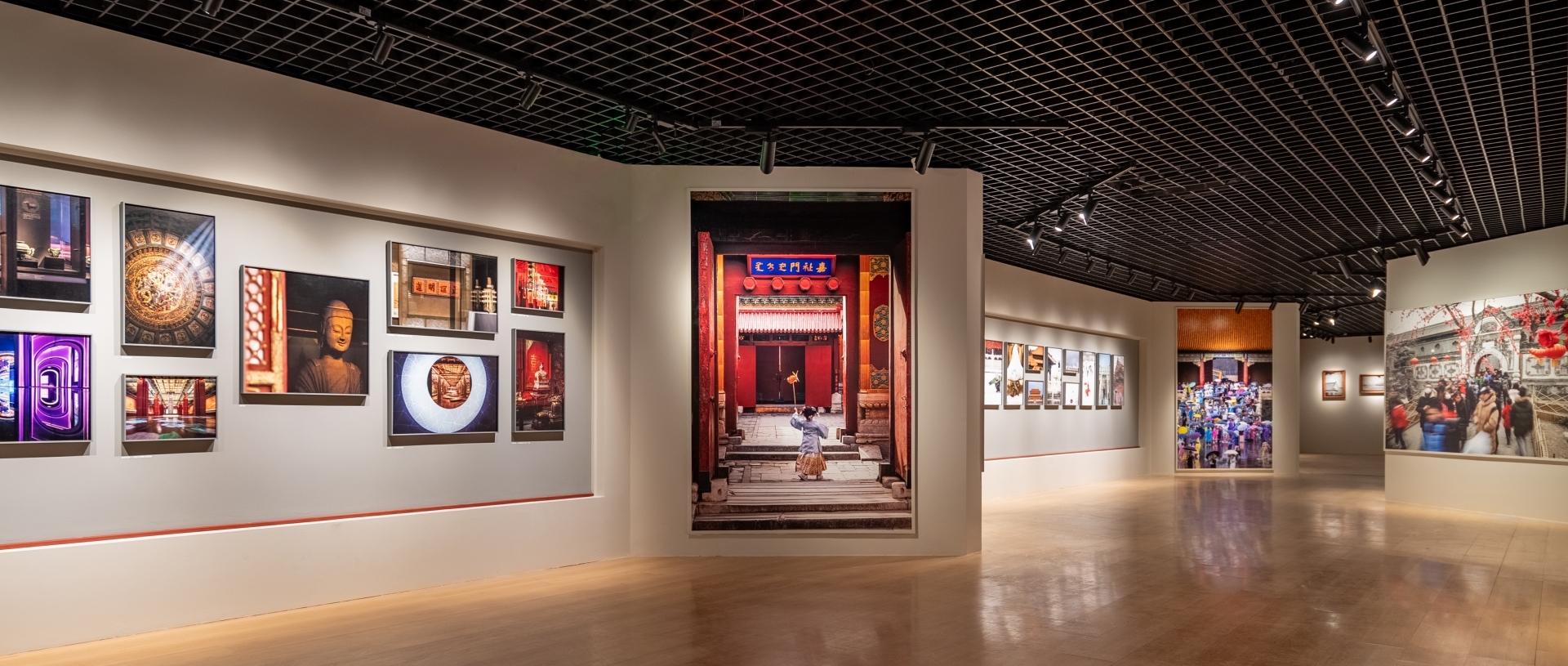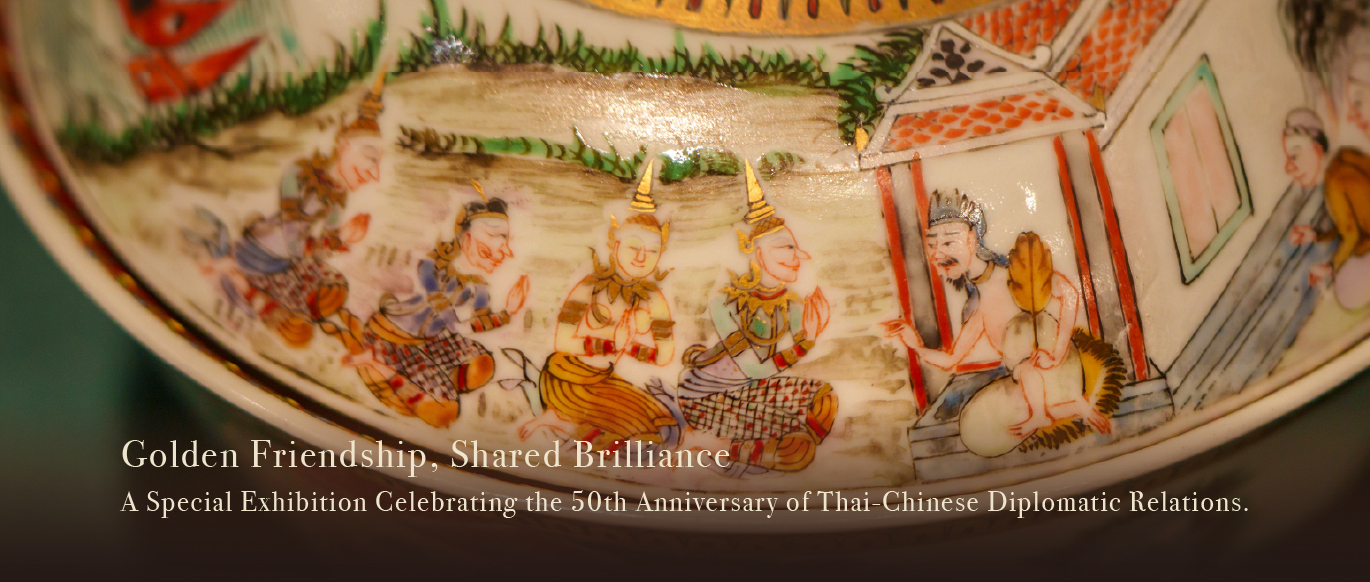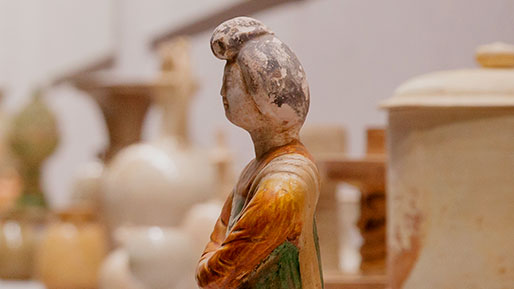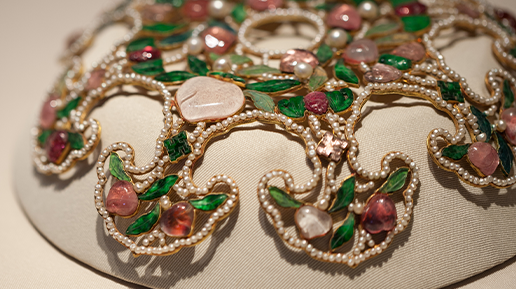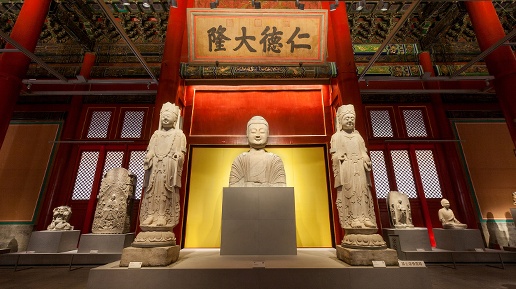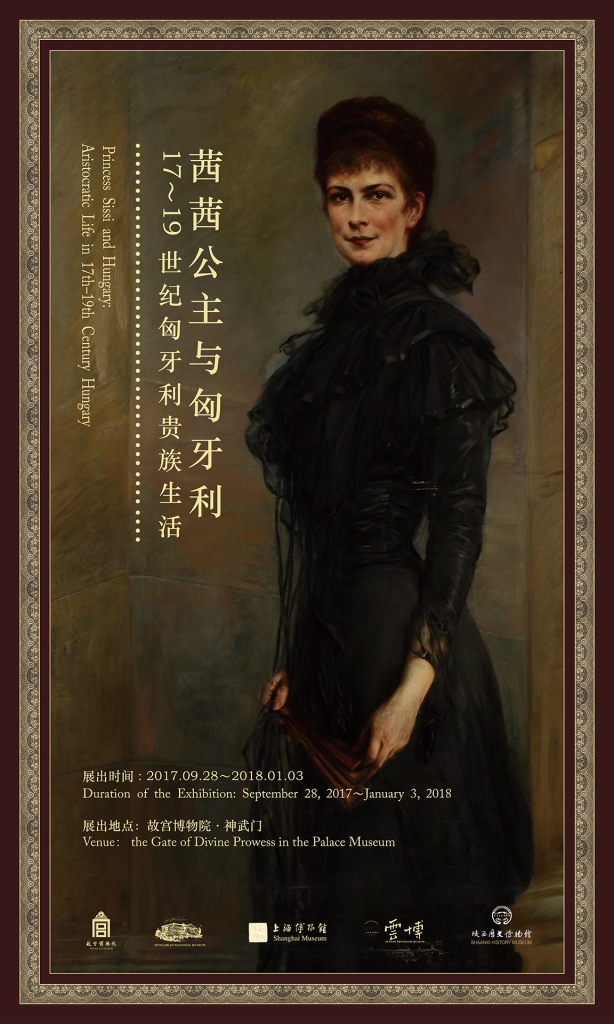
Hungary, a beautiful country in central Europe, boasts unique natural scenery, a long history and a glorious culture.
Elisabeth Amalie Eugenie, nicknamed Sissi, was a woman who stands out in Hungarian history. Her beauty, romantic temperament, experiences and legendary stories are well-known. In 1854 she was married into the prominent Austrian Habsburg family, becoming wife of Franz Joseph I and thus empress of Austria. Through her efforts, the Austro-Hungarian Empire came into being. Living a life rich in legend, Sissi enjoyed great popularity among the Hungarian people.
Today, the magnificent Palace Museum hosts precious Hungarian cultural heritage which represents that period, offering a cultural feast that transcends time and space. This exhibition features 149 valuable artefacts from the Hungarian National Museum, including oil paintings, gold and silver ware, commemorative coins and clothes. These five types of item provide us with five perspectives to look back upon that period of time. Let us enter this exhibition through the Forbidden City\'s impressive Gate of Divine Prowess, reliving the extraordinary life of the empress and tasting the history, culture and art of Hungary from the seventeenth to the nineteenth centuries.
Special thanks go to the staff of the Hungarian National Museum and the Palace Museum as well as Shanghai Museum, Yunnan Provincial Museum and Shaanxi History Museum for your dedicated efforts towards the holding of this exhibition.
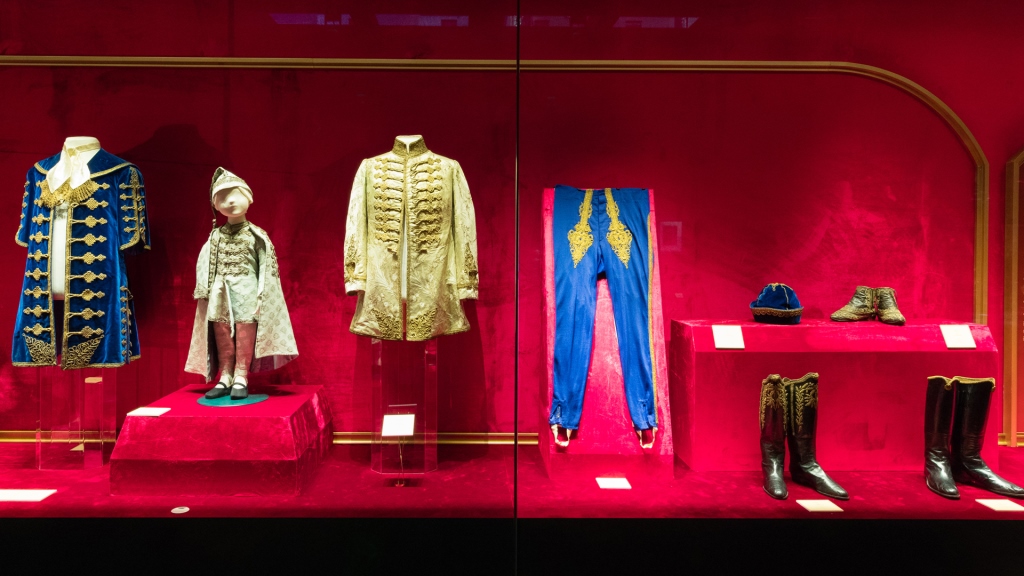
The Hungarian National Museum is deeply honored to present the exhibition Princess Sissi and Hungary: Aristocratic Life in 17th–19th Century Hungary at the Palace Museum. The 150-plus exhibits reflect the lives of the Hungarian aristocracy over the past four centuries. This exhibition marks the first time that a Chinese audience has been able to see the gems collected by the Hungarian National Museum.
Over the centuries prior to the nineteenth century, Hungary\'s history revolved around the royal family and the nobility. The ceremonial clothing worn by Hungarian aristocrats during the emperor’s coronation ceremony has a history of over a hundred years, while the weaponry and jewelry date back no less than 500 years.
The history of the Hungarian aristocracy retains ancient memories of the Orient. Although the aristocrats quickly adapted to Western dressing styles and customs between 1000 and 1526 CE, under the influence of the Ottoman Turks their clothing and weaponry reverted to Eastern traditions after the fifteenth century.
This exhibition is held through the cooperation of the Chinese and Hungarian sides. Through presenting Hungarian history and culture, it brings the two peoples of China and Hungary closer to each other and promotes communication and friendship between them. It is hoped that the exhibits will fully demonstrate their unique value and charm, and provide visitors, including scholars, with a visual feast of history and culture.
Budapest, April 2017
Benedek Varga
Director of the Hungarian National Museum
